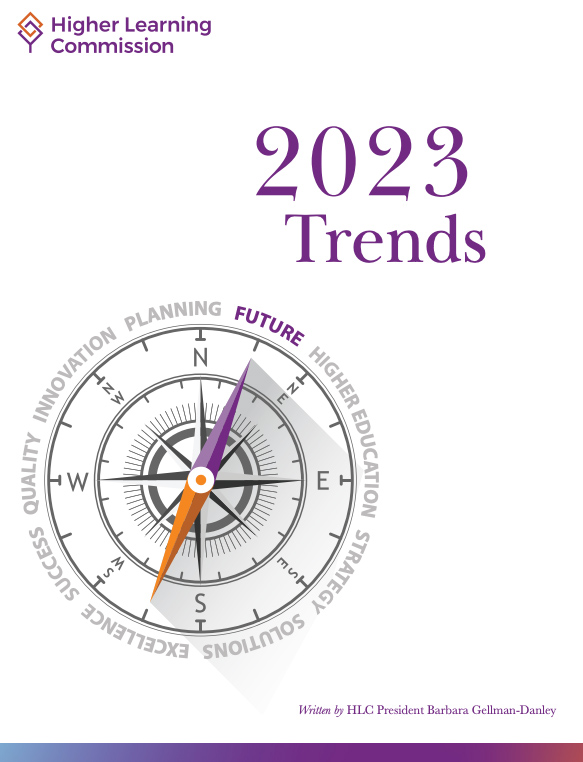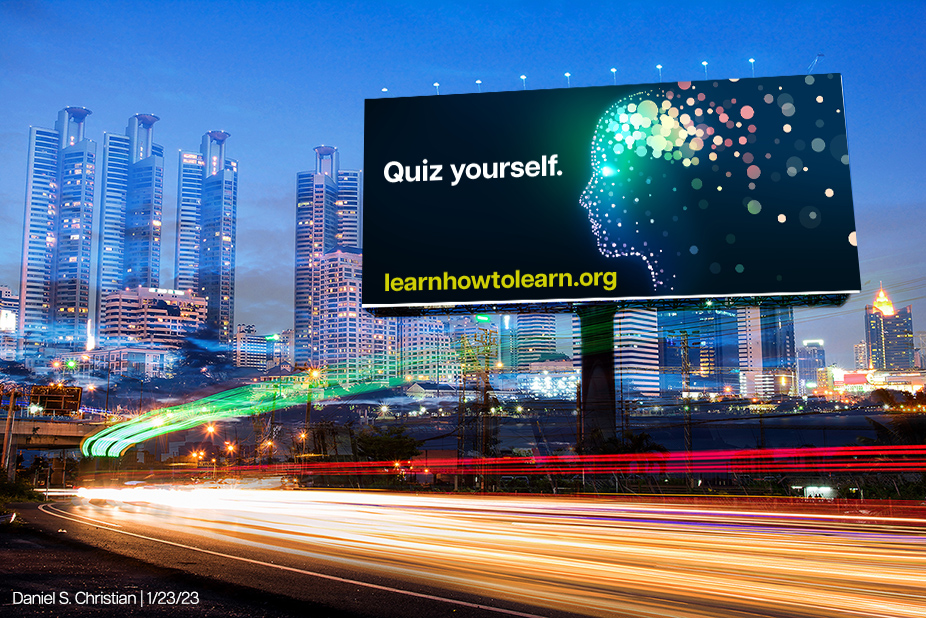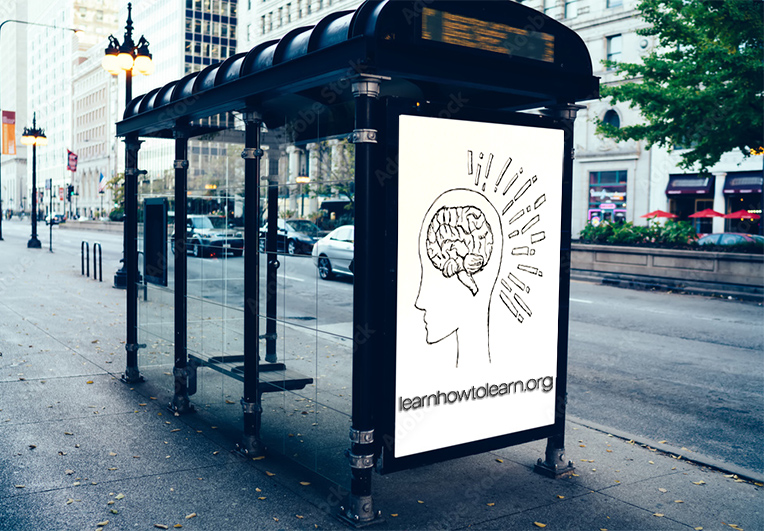The Edtech Insiders’ Rundown of ASU GSV 2023 — from edtechinsiders.substack.com by Sarah Morin, Alex Sarlin, and Ben Kornell
Excerpt:
A few current categories of AI in Edtech particularly jump out:
- Teacher Productivity and Joy: Tools to make educators’ lives easier (and more fun?) by removing some of the more rote tasks of teaching, like lesson planning (we counted at least 8 different tools for lesson planning), resource curation and data collection.
- Personalization and Learning Delivery: Tools to tailor instruction to the particular interests, learning preferences and preferred media consumption of students. This includes tools that convert text to video, video to text, text to comic books, Youtube to notes, and many more.
- Study and Course Creation Tools: Tools for learners to automatically make quizzes, flashcards, notes or summaries of material, or even to automatically create full courses from a search term.
- AI Tutors, Chatbots and Teachers: There will be no shortage of conversational AI “copilots” (which may take many guises) to support students in almost any learning context. Many Edtech companies launched their own during the conference. Possible differentiators here could be personality, safety, privacy, access to a proprietary or specific data set, or bots built on proprietary LLMs.
- Simplifying Complex Processes: One of the most inspiring conversations of the conference for me was with Tiffany Green, founder of Uprooted Academy, about how AI can and should be used to remove bureaucratic barriers to college for underrepresented students (for example, used to autofill FAFSA forms, College Applications, to search for schools and access materials, etc). This is not the only complex bureaucratic process in education.
- Educational LLMs: The race is on to create usable large language models for education that are safe, private, appropriate and classroom-ready. Merlyn Mind is working on this, and companies that make LLMs are sprouting up in other sectors…













